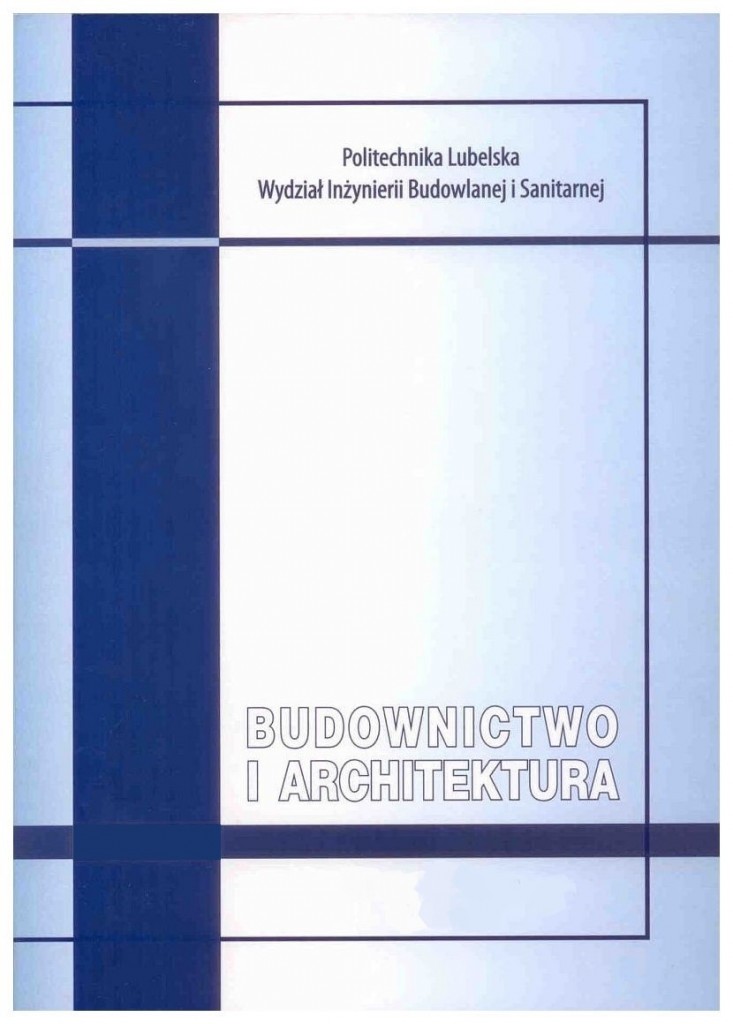From Emergency Shelter towards Disaster-relief Housing — Tōhoku’s Reconstruction Case Study
Od schronów bezpieczeństwa do tymczasowych budynków mieszkalnych dla ludzi dotkniętych katastrofą – studium odbudowy Tōhoku
Author(s): Camille CossonSubject(s): Architecture, Environmental Geography, Sociology
Published by: Biblioteka Politechniki Lubelskiej
Keywords: Earthquake; Japan; Reconstruction; Planning; Housing
Summary/Abstract: This paper presents the post-disaster reconstruction of the Tōhoku region. Although Japan has always been one of the most prepared countries because of its long history with natural disasters, the 2011 Great East Japanese Earthquake and tsunami might be one of the most significant disasters recorded in the country’s modern history. This unprecedented disaster that has shaken Japan is a decisive turning point for the entire society as well as for architects and urban planners. Almost ten years later, reconstruction work is still ongoing. This paper introduces specifically Japanese architects’ involvement during the three phases of recovery: emergency shelter, temporary accommodation and permanent housing. After the first stage of perplexity and doubt, architects gradually stepped up and started initiatives to resolve the disaster victims’ precarious situation. This article outlines some of the architects’ actions through the three phases of recovery since the 3.11 disaster. Each of these temporalities has its issues and challenges which the urban planners, architects and designers tried to solve using their know-how to help rebuild devastated communities.
Journal: Budownictwo i Architektura
- Issue Year: 20/2021
- Issue No: 1
- Page Range: 035-046
- Page Count: 12
- Language: English

